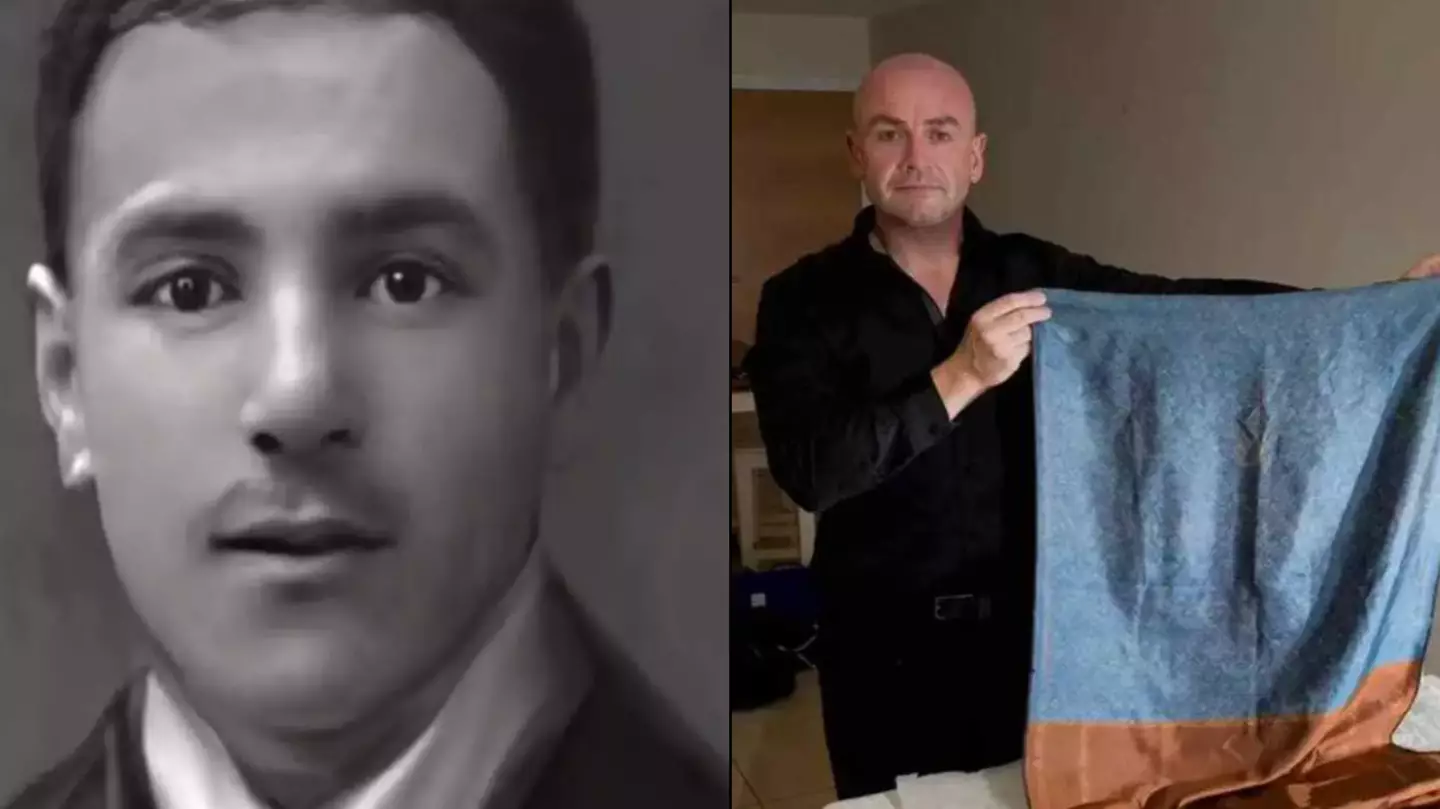
He claims he knows who Jack the Ripper was, and why they never caught the guy
When it comes to serial killers, the most famous of them all has got to be Jack the Ripper, the infamous terror of Whitechapel who shocked Victorian-era London with a series of grisly murders – and infamously, was never caught.
Jack has never been officially identified, but that doesn't mean there isn't a range of suspects championed by various true crime afficionados.
People keep thinking they've uncovered new evidence that points the finger to a new suspect, and Jack the Ripper has been suggested as being pretty much everything from a violent Londoner to a famous French painter to, perhaps most incredulously, the grandson of Queen Victoria.
Advert
Various authors have published books proclaiming their Ripper suspect to be the genuine article, and among them is Russell Edwards, who recently claimed he'd not only proven Jack the Ripper's identity, but created an image of what he might have looked like.
Edwards, who wrote the book Naming Jack the Ripper: The Definitive Reveal, claims that the infamous serial killer's real name was Aaron Kosminski.
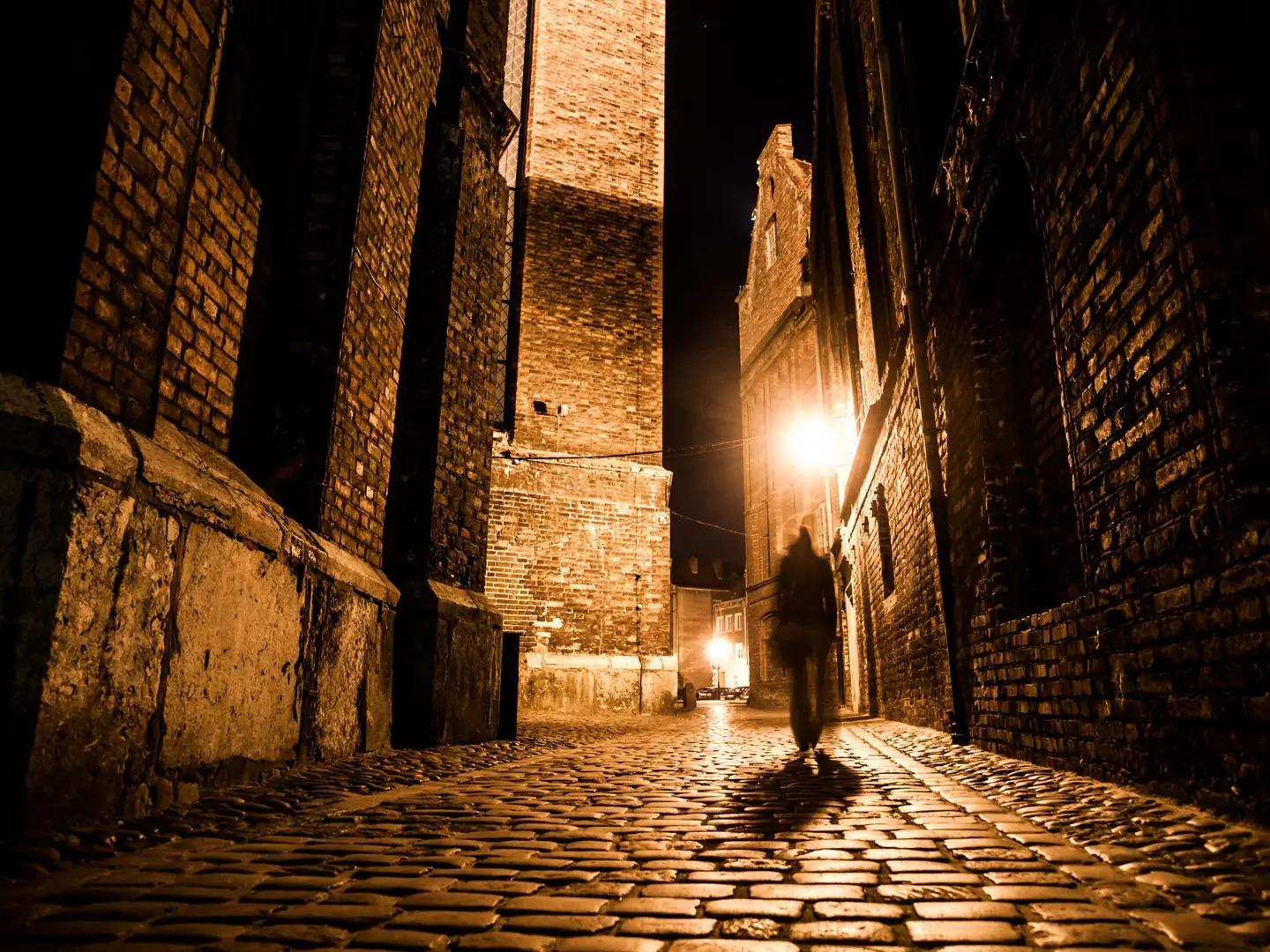
He told LADbible that he first got really into the Ripper case after watching the film From Hell, based on Alan Moore's graphic novel of the same name, and realised just how close he lived to the murder scenes.
Advert
The key to his case for Kosminski being the Ripper is a shawl, which he says was taken from the scene of the murder of Catherine Eddowes, the fourth of the five recognised victims of Jack the Ripper.
He says this shawl has DNA evidence of blood belonging to Eddowes on it, as well as semen stains from Kosminski, and that the garment itself actually belonged to the killer.
"We put a huge amount of science that the shawl didn’t belong to the victim, and if it didn’t belong to the victim… because we always thought that the semen on the shawl was just one of her customers," Edwards said.
"We thought it was her shawl, but through the scientific analysis, we realised that she couldn’t have afforded to own it and realised the only person that could have left the shawl at the murder scene was him."
Advert
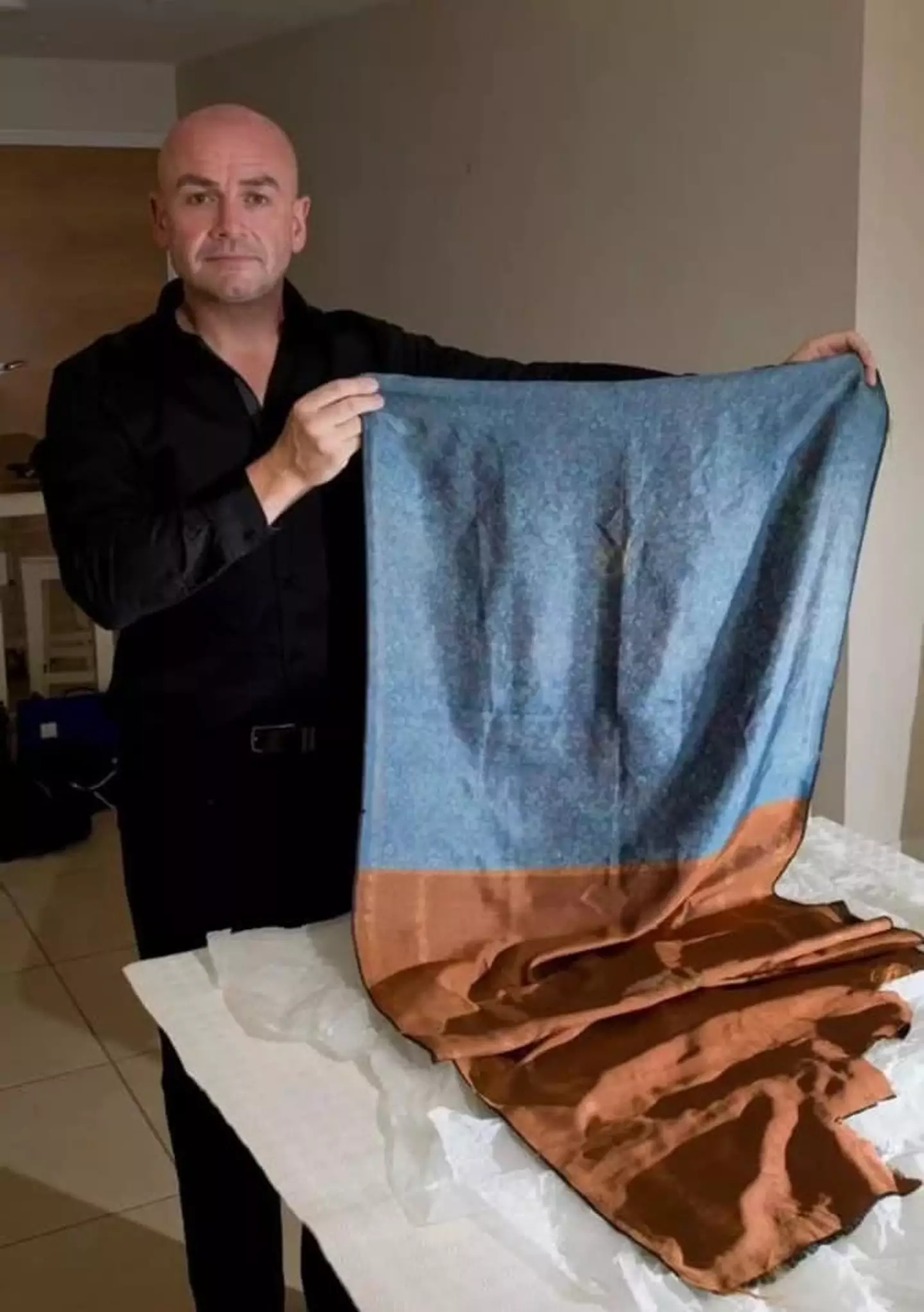
Edwards said one of the police officers had taken the shawl home with them and it had been kept away, until he bought it at auction many years later.
Dr Jari Louhelainen of Liverpool John Moore's University carried out forensic analysis of the shawl, which provided Edwards with his DNA evidence, though there have been some who called it into question as they said DNA evidence would have become contaminated over the years.
Others have claimed that DNA evidence points elsewhere, as Patricia Cornwell's book Portrait of a Killer claimed that the scientific evidence suggested that Jack was actually someone else called Walter Sickert, though given the amount of time that's passed, it's hard to be sure.
Advert
Nonetheless, he said the shawl was the 'biggest moment' for him in identifying Aaron Kosminski as Jack the Ripper.
He even ended up getting in touch with the Kosminski family, saying he ended up becoming friends with a woman who was directly descended from Aaron's older brother Isaac and 'they know it was him'.
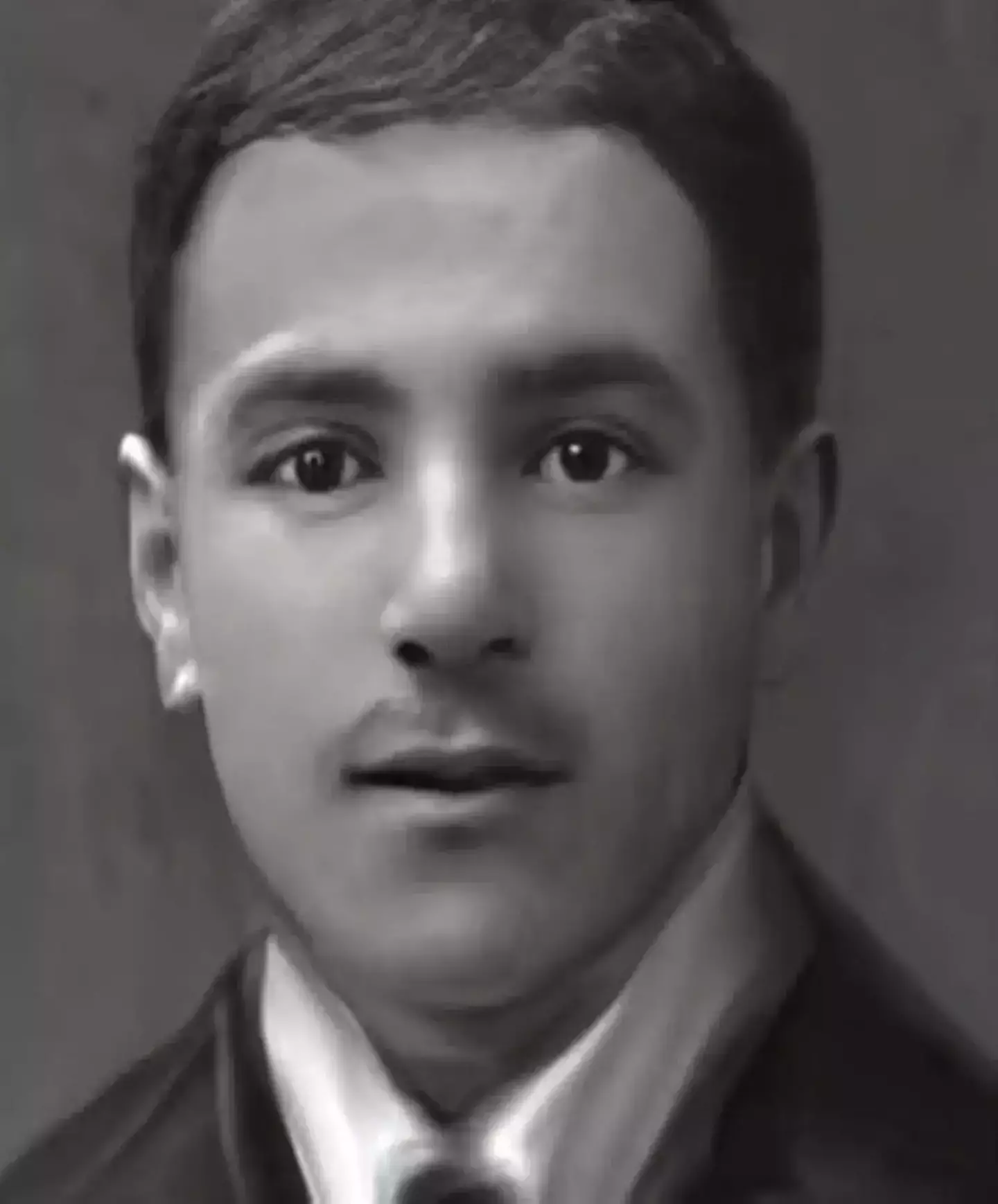
With the information he reckons he's gleaned, Edwards thinks he knows the reasons why Jack the Ripper wasn't caught all those years ago.
Advert
Had DNA testing and modern technology been available then, that might have nailed the serial killer and deprived true crime afficionados of one of their favourite pastimes.
Edwards also said that police 'did actually bungle the identification' that could otherwise have landed Kosminski in prison, and that police did actually know who he was.
He said: "Robert Anderson wrote his memoirs, The Lighter Side of My Official Life, and in there they admit they knew the identity of Jack the Ripper.
"They also say they knew the identity of the guy who wrote the name Jack the Ripper in the ‘Dear Boss’ letter but they didn’t want to tell tales out of school."
For context, Robert Anderson was assistant commissioner of the Metropolitan Police at the time of the Ripper murders, and the 'Dear Boss' letter was a message sent to the police which gave Jack the Ripper his name, though it is believed to have been a hoax.
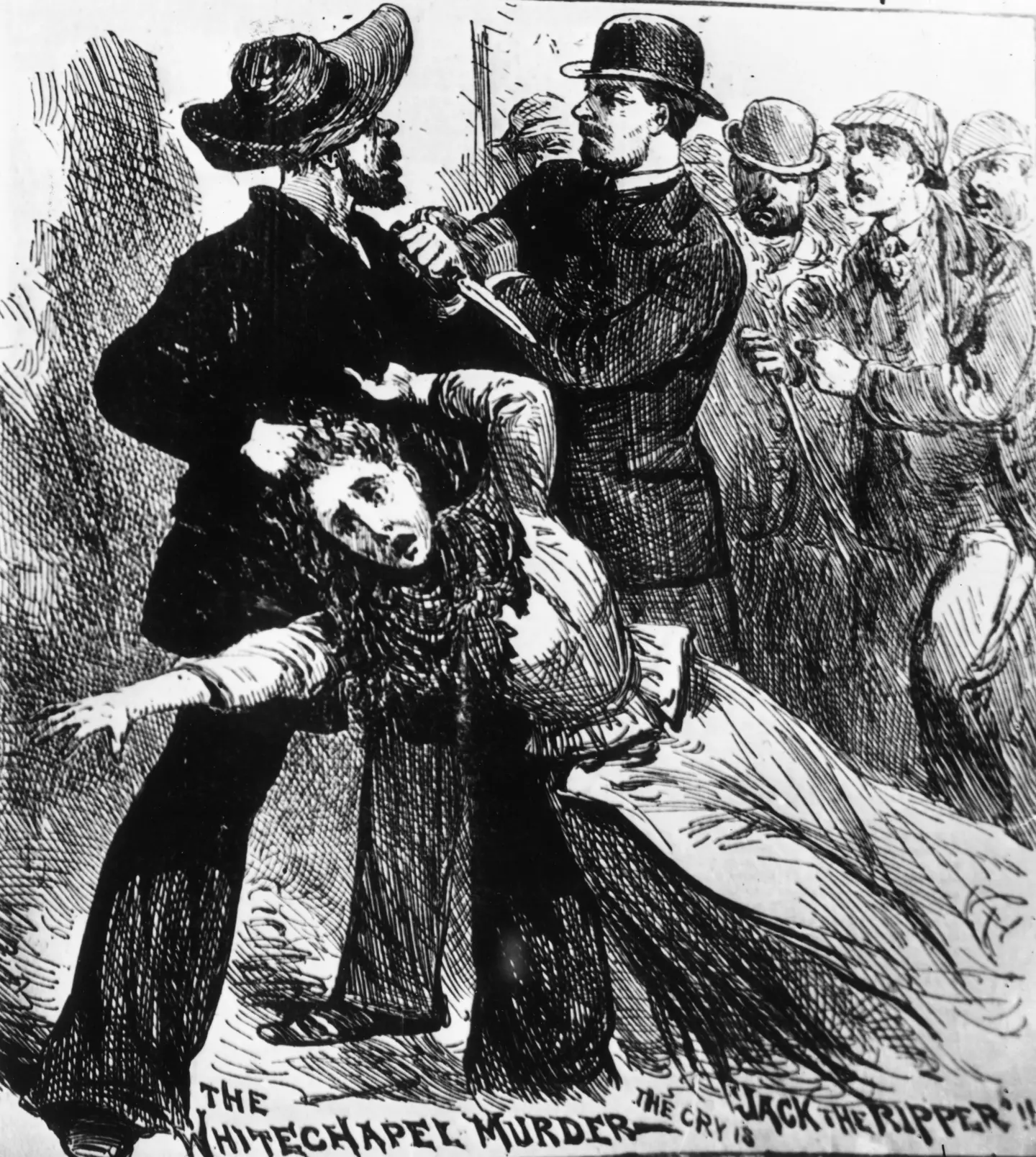
In addition to claiming police bungled the investigation, Edwards said that Kosminski had other things protecting him.
He said there was a 'Masonic connection', saying that the Ripper suspect's brother Isaac was a Mason, and that some of the Ripper murders were connected to 'three blood oaths' of the group.
"One is have their throat cut, the other is have their innards thrown away, another one is to be tied a rope's length from the sea," he said.
Edwards said there was a 'valid, concrete Masonic link' and claimed that back when the murders were going on, there was 'pressure on the higher echelons of the Masonic Lodge because they knew the identity of the Ripper'.
Of course, these days, everyone involved with the case is dead, so if anyone actually knew who Jack the Ripper was but kept tight-lipped about it, they took the secret to their grave.

Now, not only has Edwards put a book out saying he's worked out who Jack the Ripper is, he is also taking the matter to the UK's High Court.
It'll actually be his third attempt to bring this before the High Court in the last few years.
He said: "It's been brought and prepared for a case to go to the High Court, that’s exactly what we’re trying to do.
"The case, which has been not just a little piece of paper or just a comment from a scientist, the entire case, and the barrister, a High Court barrister that basically worked in the Royal Court of Justice, so the highest court in the land is the level this man's at.
"He's also got a PhD in biochemistry, and both him of the coroner have seen evidence that's convincing enough that it was Kosminski.
"A high court barrister with a PhD in biochemistry, on the back of the coroner's comments, actually states that if the newly presented DNA evidence was available to the coroner back in 1888 it would have been justifiable for the coroner to arrest Aaron Kosminski and try him for the murder of Catherine Eddowes and the other four so called ‘Ripper murders’."
The High Court said they don't comment on individual cases.
Topics: Crime, Science, True Crime, UK News, History